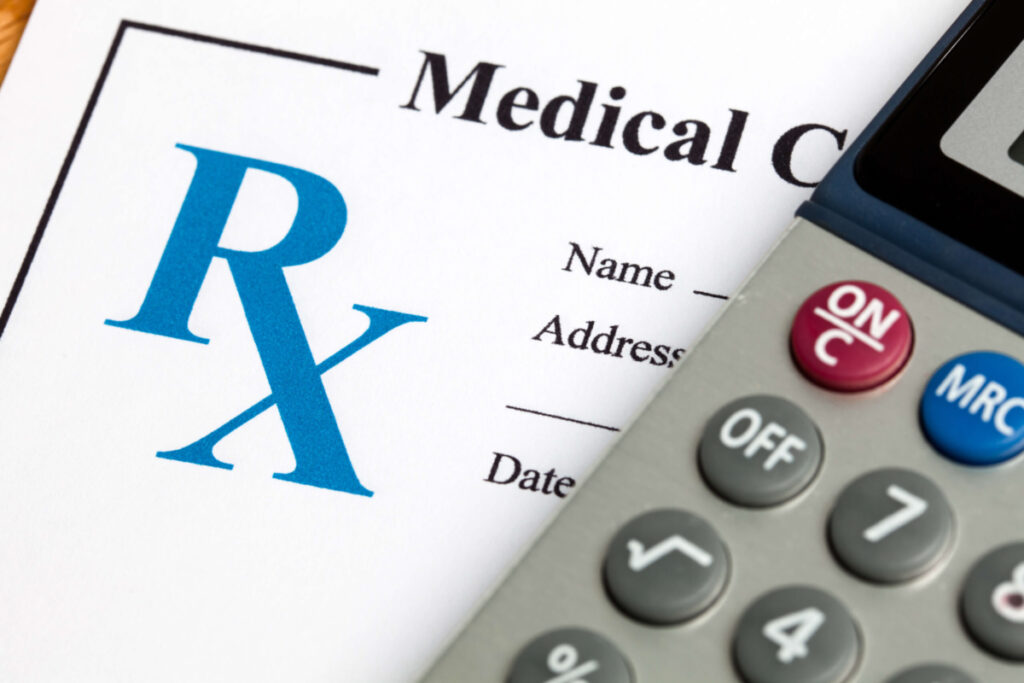State policymakers interested in helping consumers access the drugs they need at an affordable price have continued to take on the rising cost of prescription drugs. During the 2023 legislative session, NASHP has tracked 315 new bills seeking to address the high cost of prescription drugs; as of September, 49 bills have become law in 29 states.
Newly enacted laws continue the trends of supporting state efforts to assess prescription drug affordability and regulating the practices of Pharmacy benefit managers (PBMs). Understanding the complexities of the federal 340B discount program and its impact on prescription drug costs emerged as a new area of interest.
Support for Affordability Boards Grows
In May, Minnesota became the seventh state to establish a Prescription Drug Affordability Board (PDAB) as a tool to analyze high-cost drugs and assess their affordability. Governor Tim Walz signed legislation that will establish the PDAB beginning in January 2024. The Minnesota PDAB will have broad authority to identify drugs that pose affordability challenges for Minnesota residents and, if it determines that a drug is unaffordable, the PDAB is empowered to set an upper payment limit, a tool that caps payment rates within a state.
Legislatures in Colorado, Maryland, and Oregon all took steps to strengthen their existing PDABs. The Colorado General Assembly acted on a proposal by Governor Jared Polis to enhance the selection criteria for drugs reviewed by the PDAB, aligning criteria with model legislation released by NASHP in 2022. The Colorado PDAB, which recently selected the first five drugs for affordability review, will also have the authority to set upper payment limits for a larger number of drugs (up to 18 a year). Finally, the Colorado PDAB’s original sunset has now been extended from 2026 to 2031.
In Oregon, to develop a plan for establishing upper payment limits and an analysis of how the state could implement upper payment for public payers and the savings it could achieve. The Maryland General Assembly empowered the PDAB to establish a clear pathway for the implementation of upper payment limits.
The Michigan Senate has also proposed a PDAB that includes the ability to set upper payment limits which passed the Senate in October. That bill has the support of Governor Gretchen Whitmer.
States Look to Leverage Medicare Price Negotiations
Reference pricing provides states with the opportunity to achieve lower pharmacy costs without committing the resources that it would take to operationalize a prescription drug affordability board. Over the past several legislative sessions, states have explored the option of setting an upper payment limit referenced to prices in other countries that are much lower than prices in the U.S. Earlier this year, the Maine Health Data Organization released its first annual report evaluating savings the state could achieve if it referenced high-cost drugs in Maine to Canadian prices. The report found pre-rebate savings of $146.7 million for just 72 drugs.
Now that the Inflation Reduction Act will give Medicare the authority to negotiate a Maximum Fair Price (MFP) with drug manufacturers for certain drugs, states are pursuing opportunities to apply this MFP as an upper payment limit within a state. The Nevada Legislature passed a bill referencing drug reimbursement to the MFP that was ultimately vetoed by its governor. The Rhode Island Senate passed a bill based on model legislation developed by NASHP that would set an upper payment limit based on MFP. A similar bill was introduced in Maine and will be acted on in the 2024 legislative session. The new Minnesota PDAB, described above, requires that the board use the MFP as the state’s upper payment limit if an MFP is available.
Shining Light on 340B Drug Discounts
As the rising cost of prescription drugs continues to be a driver of increased health spending, some states are building analytical capacity to better understand the factors causing these increases so they can ensure affordable drugs and services are available to their citizens. State officials have taken note of the rapid growth of drug purchases under the 340B program and are aware that it represents a much larger percentage of pharmacy spending than it had in the past. For instance, the value of drugs purchased using 340B discounts has grown from $2.4 billion in 2005 to $53.7 billion in 2022. Although 340B is a federal program and states have little ability to directly regulate it, several states introduced legislation to collect data to better understand the scope of the 340B program.
A first-in-nation law in Minnesota will require all 340B-covered entities to report on an annual basis the aggregate information on the acquisition cost of drugs purchased under 340B and information about payments received for dispensing those drugs. Covered entities must also report aggregate data about payments to contract pharmacies. Hospitals are further required to report National Drug Code-level information for the top 50 most frequently dispensed drugs purchased under the 340B program.
In Maine, the governor signed a bill requiring hospitals participating in the 340B program to report on an annual basis their estimated savings from the 340B program and examples of the drugs for which they achieve the greatest savings. Maine is required to post this information publicly. Washington’s budget required the Washington Health Care Authority to develop a reporting requirement for 340B-covered entities.
PBM Practices Remain a Focus of Legislative Attention
Regulating the activities of PBMs remains the area of most common interest across the states this year. So far in 2023, legislators have introduced 136 bills related to PBMs in 43 states. States have enacted over a dozen new laws.
Colorado and Florida have joined the ranks of states that now prohibit spread pricing — the practice in which PBMs charge payers, including Medicaid, more than the PBMs reimburse the pharmacies. The new law in Colorado also requires greater transparency from PBMs, allowing providers to determine what they are ultimately paying for prescription drugs. The Florida bill mandates that PBMs pass through 100 percent of the value of any discounts or rebates back to health plans for the purpose of reducing premiums and cost-sharing.
States such as Arkansas and Indiana enacted new laws requiring that a high percentage of rebates (100 percent in Arkansas and 85 percent in Indiana) be counted when determining consumer cost-sharing. Following on the heels of several years of state activity, Congress is now considering several measures directed at PBMs.
Learn more with NASHP’s tracker of state legislation to address prescription drug costs that was enacted in 2023 and in previous sessions.




